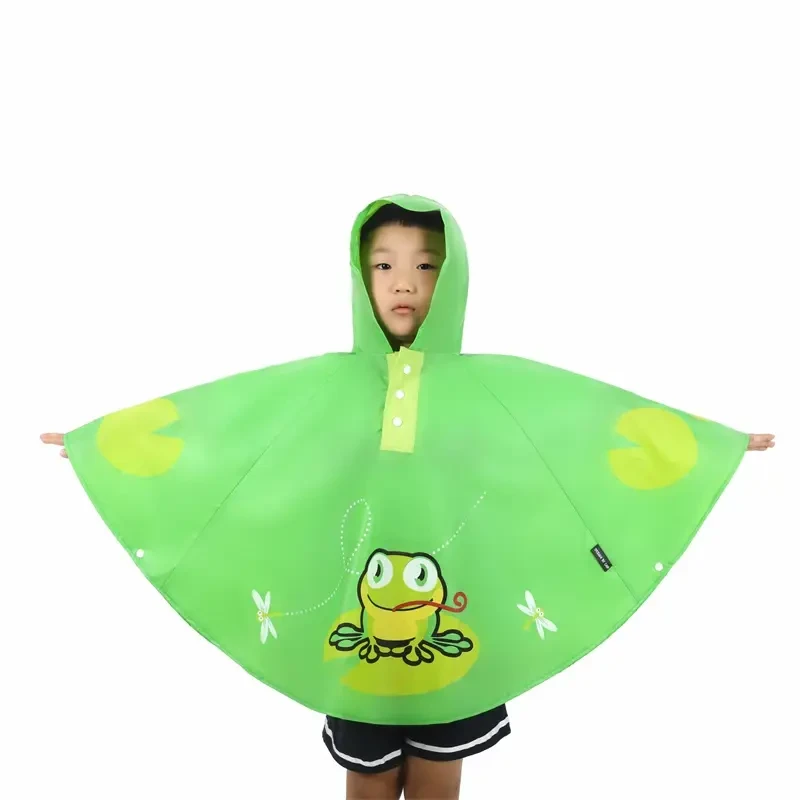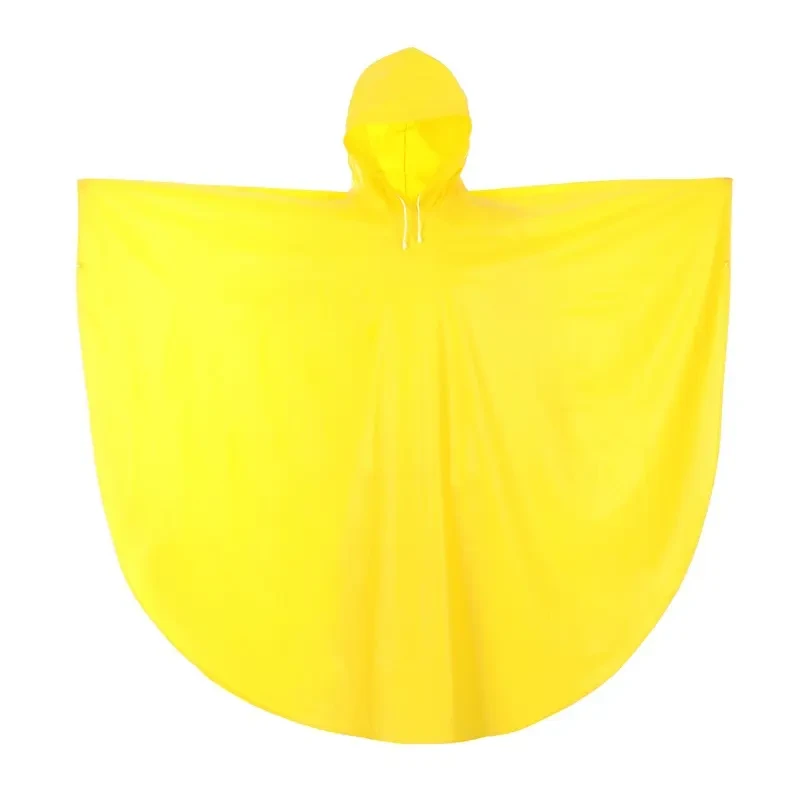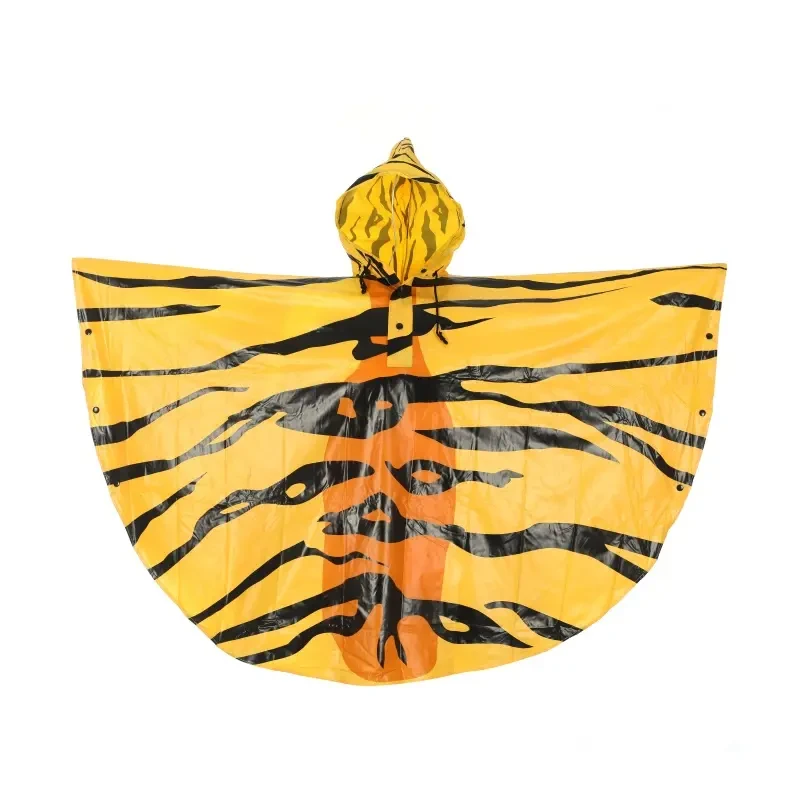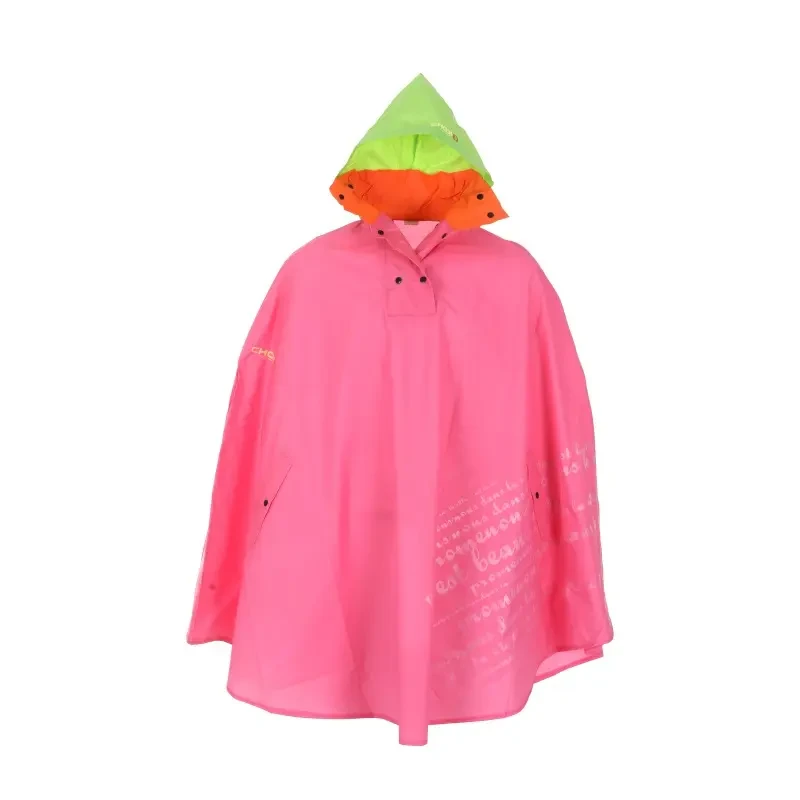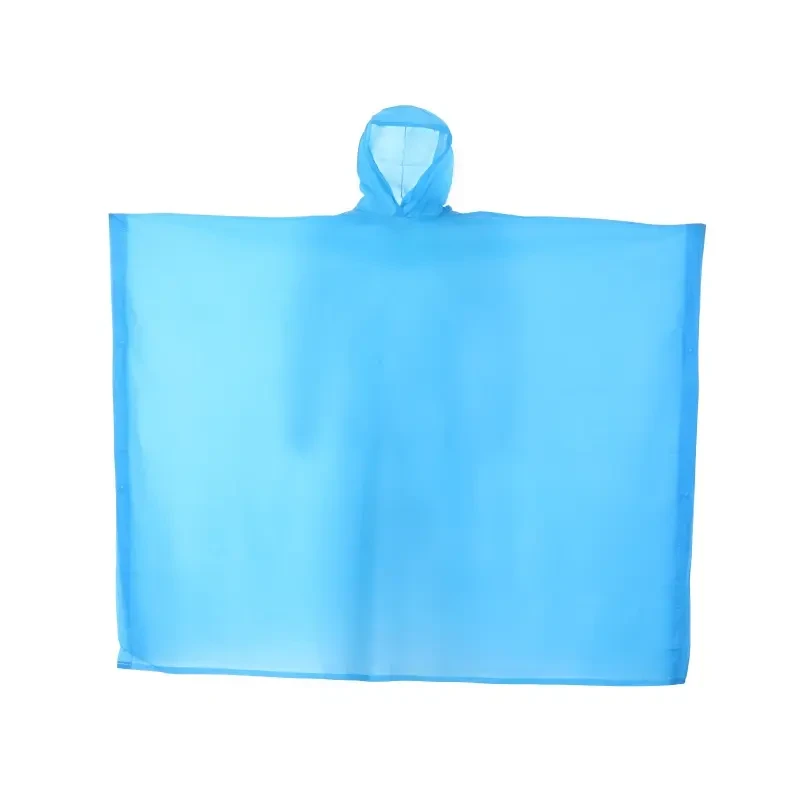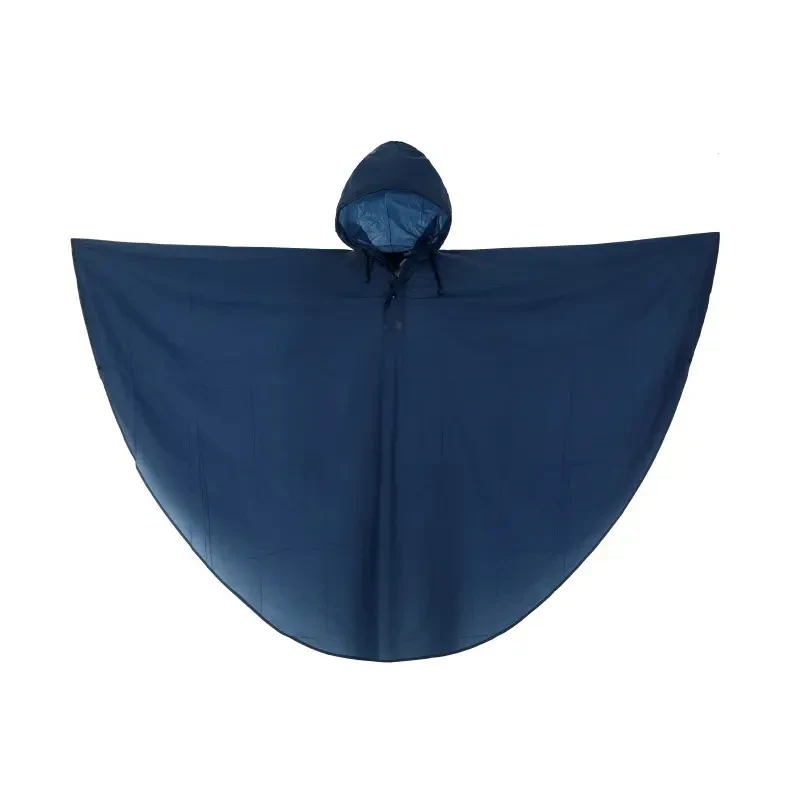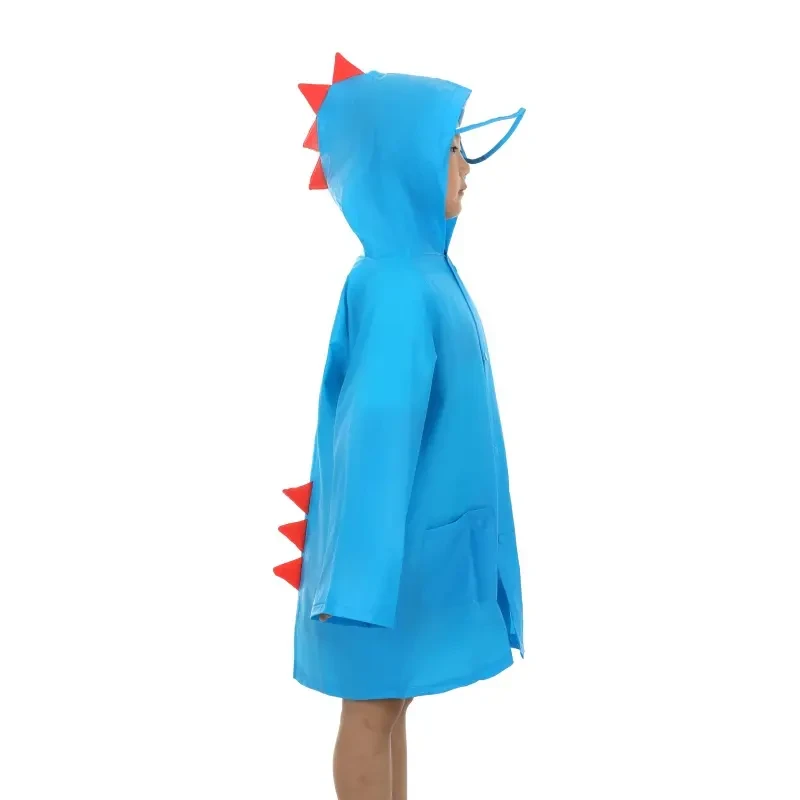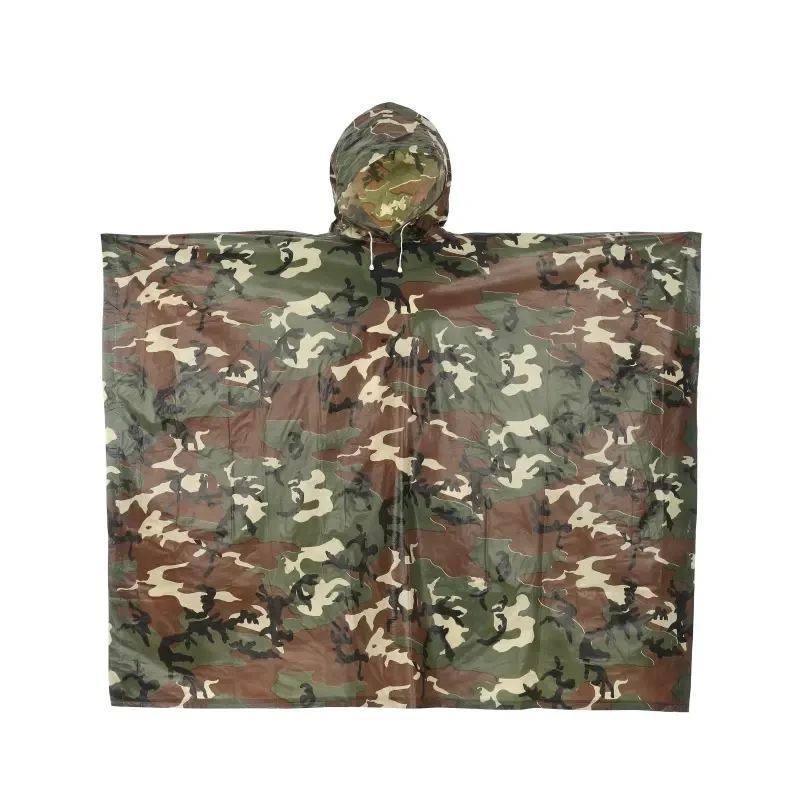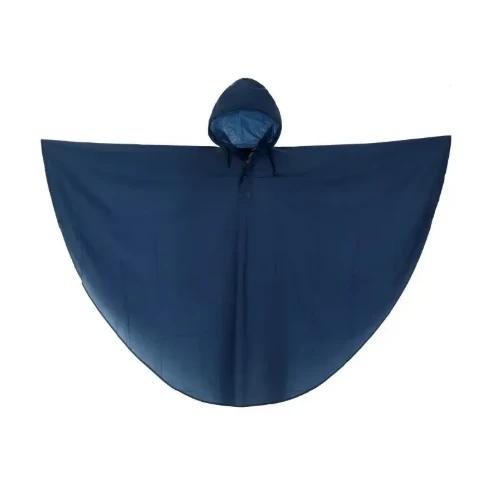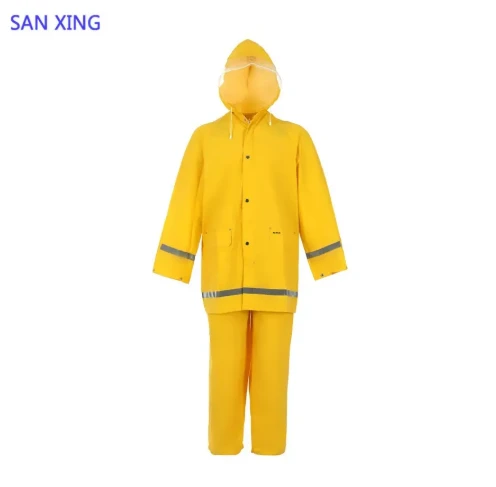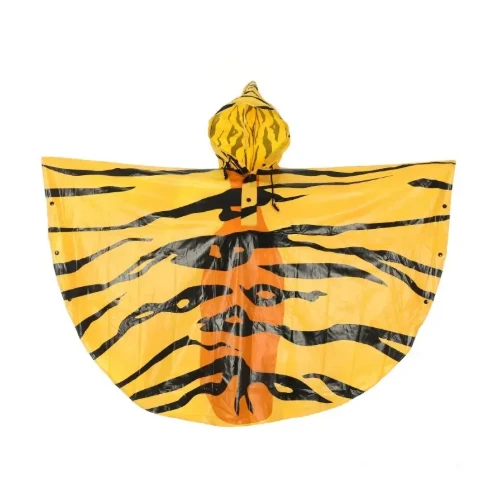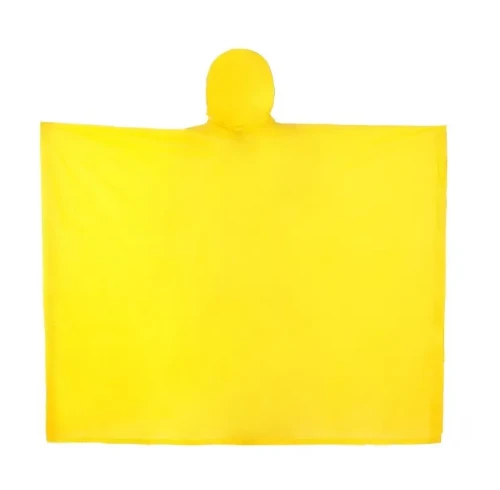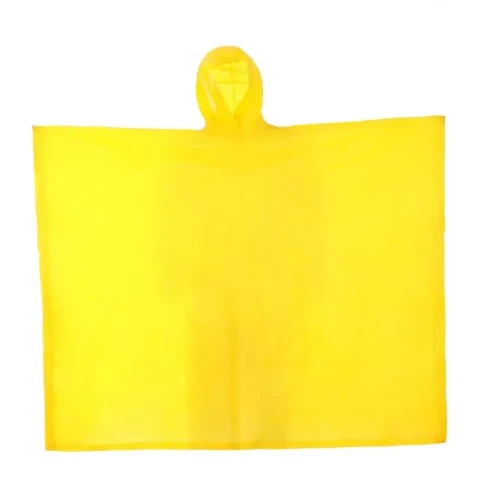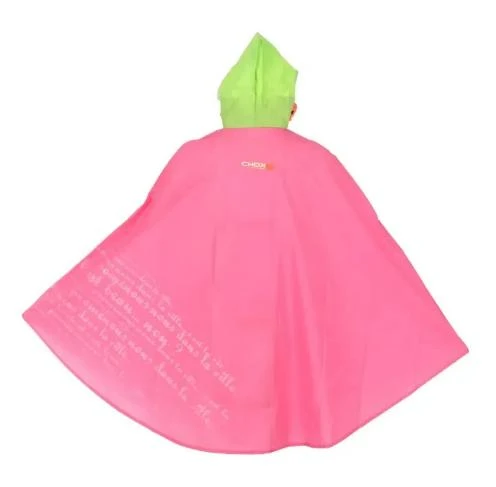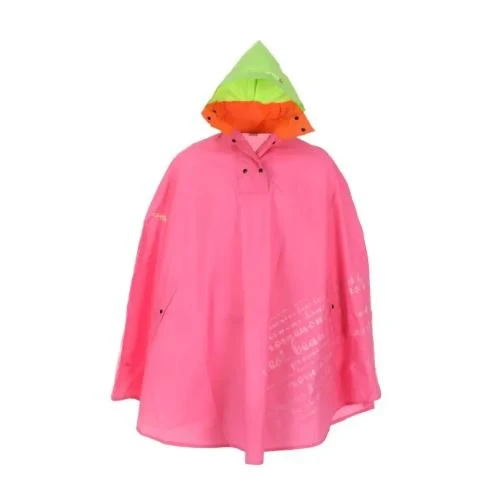
- Afríku
- albanska
- amharíska
- arabíska
- Armenska
- Aserbaídsjan
- baskneska
- hvítrússneska
- bengalska
- bosníska
- búlgarska
- katalónska
- Cebuano
- korsíkanskt
- króatíska
- tékkneska
- danska
- hollenska
- ensku
- esperantó
- eistneska
- finnska
- franska
- frísneska
- galisíska
- georgískt
- þýska
- gríska
- Gújaratí
- Haítískt kreóla
- hausa
- hawaiískur
- hebreska
- Nei
- Miaó
- ungverska
- íslenskur
- ígbó
- indónesíska
- írska
- ítalska
- japönsku
- javanska
- Kannada
- kasakska
- Khmer
- Rúanda
- kóreska
- Kúrda
- Kirgisi
- Vinnumálastofnun
- latína
- lettneska
- litháíska
- Lúxemborg
- makedónska
- malagasíska
- malaíska
- Malajalam
- maltneska
- Maori
- Marathi
- mongólska
- Mjanmar
- nepalska
- norska
- norska
- oksítanska
- Pastó
- persneska
- pólsku
- portúgalska
- Púndjabí
- rúmenska
- rússneska
- Samósk
- skosk gelíska
- serbneska
- ensku
- Shona
- Sindhi
- Sinhala
- slóvakíska
- slóvenska
- sómalska
- spænska
- Sundaneskir
- svahílí
- sænsku
- Tagalog
- Tadsjikska
- tamílska
- Tatar
- telúgú
- Tælensk
- tyrkneska
- Túrkmena
- úkraínska
- Úrdú
- Uighur
- úsbekskur
- Víetnamska
- velska
- Hjálp
- jiddíska
- Jórúba
The production process of children's raincoats typically involves several key steps to ensure both functionality and comfort. First, high-quality, waterproof materials such as PVC, polyurethane, or a special water-resistant fabric are selected. These materials are durable, lightweight, and flexible, allowing for easy movement and protection from the rain.
The fabric is then cut into the necessary shapes and sizes according to the raincoat design. Advanced machinery is used to precisely cut the fabric, ensuring consistency across all pieces. After cutting, the pieces are stitched together using strong, water-resistant thread to create the basic structure of the raincoat.
To enhance the raincoat's waterproof properties, many manufacturers apply a special coating or laminate to the fabric. This helps to seal the material and prevent water from seeping through the seams. In some cases, heat-sealing technology is used to bond the edges and seams, further enhancing the raincoat's resistance to water.
The next step involves adding functional elements like hoods, cuffs, and reflective strips for visibility. The hood is typically designed to be adjustable to ensure a snug fit, while elastic cuffs help keep rainwater from entering the sleeves. Reflective strips or patches are often added to ensure the child's safety in low-light conditions.
Finally, the raincoat is inspected for quality control. This includes checking for any defects in stitching, ensuring that the waterproof features are intact, and confirming that all zippers, buttons, and fastenings are functional. Once the raincoat passes inspection, it is packaged and ready for distribution.
Throughout the process, special attention is paid to making the raincoat both safe and comfortable for children, ensuring that it provides protection from the elements while allowing for ease of movement.
Tengdar vörur
Tengdar fréttir


